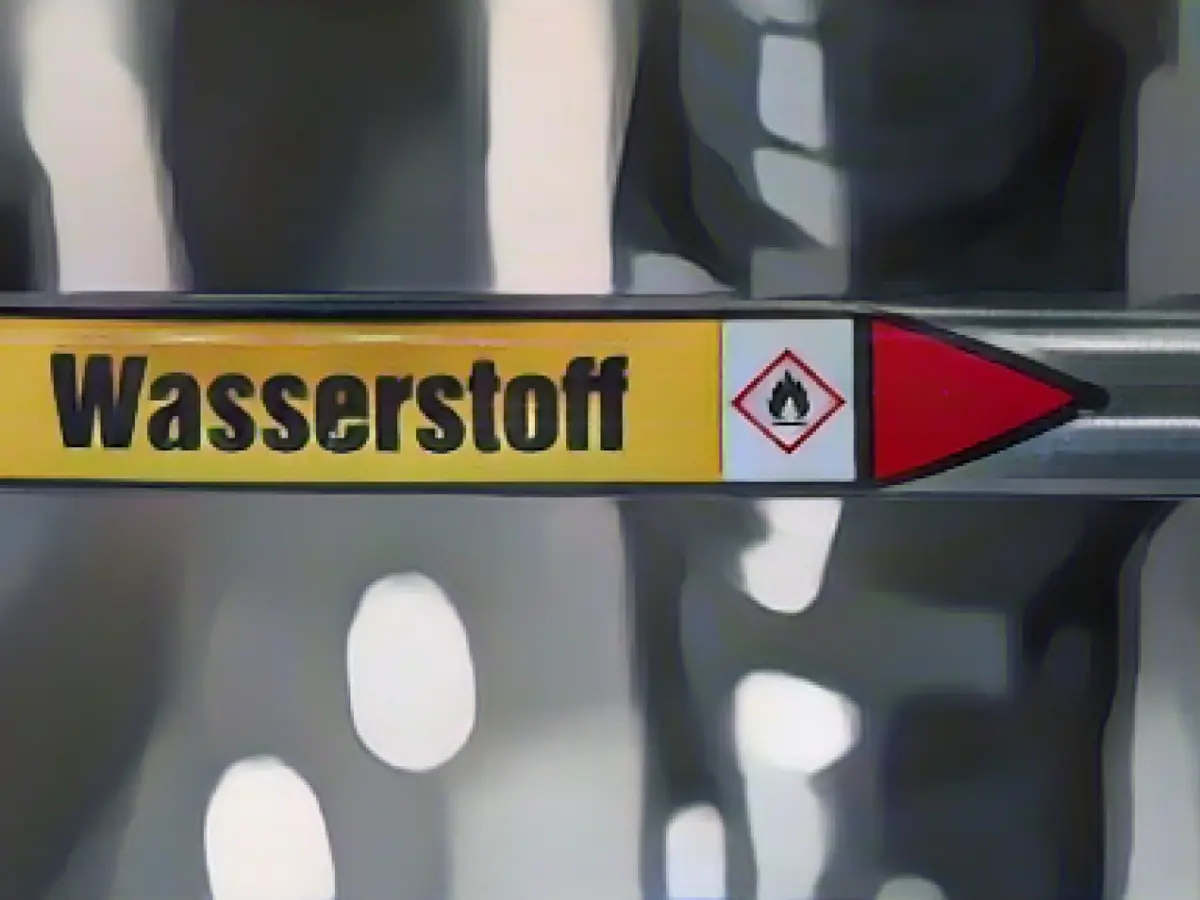The Hanseatic Energy Hub (HEH) consortium, based in Hamburg, is responsible for developing and operating the Liquefied Natural Gas (LNG) terminal in Stade, set to kick off operations in 2027. Until the terminal's switch to ammonia use, scheduled around 2043, it will permit the importation of LNG. Post transition, a new permit will be required.
The strategic aim is to utilize ammonia as a hydrogen transport medium prior to the terminal's license expiration. According to HEH Managing Director Johann Killinger, this change could happen ahead of schedule. Ammonia conversion into hydrogen will help meet Germany's burgeoning hydrogen demand, stated Jörg Schmitz from Dow chemicals, involved in the project.
Besides the land-based LNG terminal in Stade, a floating terminal is being planned. Lower Saxony will hand over the liquefied gas jetty to the users on Saturday, according to an invitation.
As for the ammonia switch, the process involves importing ammonia at the terminal and converting it into hydrogen. The strategy leverages existing LNG infrastructure for hydrogen derivatives, while the onshore ammonia facility, set for operation by the end of 2026, will handle imports and conversions.
The ammonia conversion to hydrogen aligns with Germany's decarbonization goals, aiming to replace diesel railcars with battery-electric multiple-units and making local rail transportation more climate-friendly. Various investors and partners, including HEH, contribute to this development, securing funding from investment firms like Partners Group and logistics groups like Buss.
State-controlled utilities such as SEFE and EnBW, along with the Czech utility CEZ, are also involved in this project. The development of ammonia/hydrogen terminals is part of a larger European hydrogen network, including several projects for importing hydrogen derivatives like ammonia, liquefied hydrogen, and synthetic LNG.








